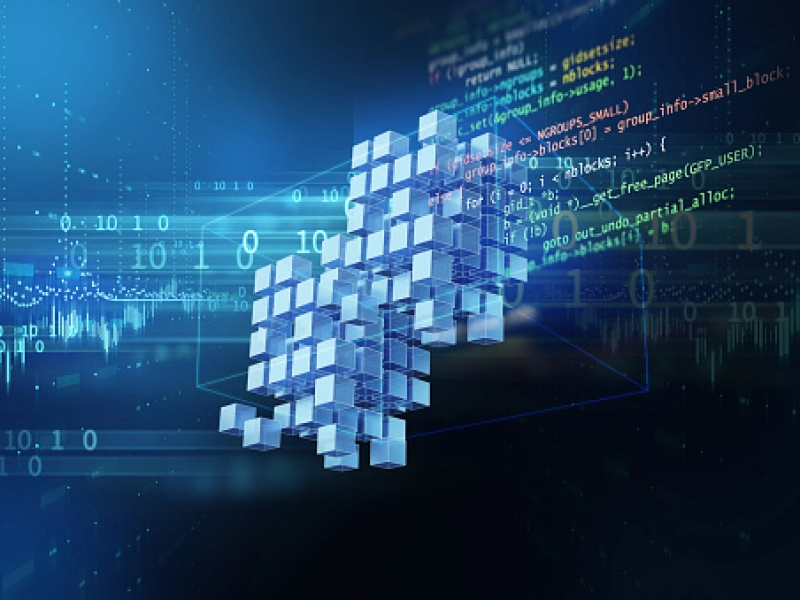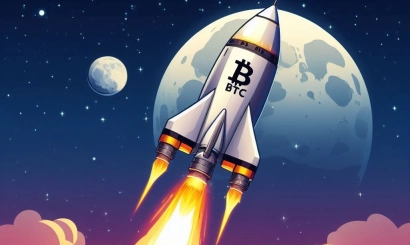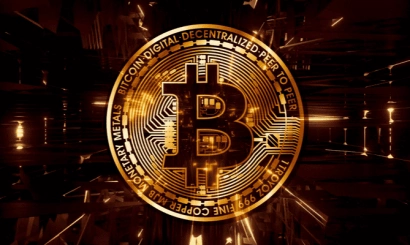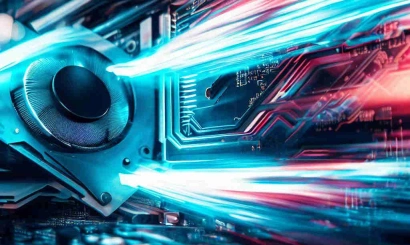The Digital Footprint. What will happen to cryptocurrencies and blockchain in 30 years' time?
head of the blockchain department at MIPT, co-founder of the Atomyze platform and Newity, spoke in his author's column about the future of decentralized technologies and their gradual introduction
Let me start with the banal: it is almost impossible to reasonably predict what such a booming high-tech industry as blockchain will transform into in 30 years, but based on the current state of affairs, we can assume several scenarios.
- "A hundred thousand dollar bill."
Digital assets in general and crypto-assets in particular will become as much a part of everyday life as traditional means of payment. Bitcoin (BTC) will retain a strong position in the market as one of the basic instruments, but at the same time, due to the limited quantity and inconvenience of using small fractions of this asset (people are more accustomed to counting in units rather than in million-dollar fractions), bitcoin itself will remain something like a "hundred thousand dollar bill", a symbol of the industry.
The growing demand for this digital currency may lead to the emergence of its derivative assets - for example, "microbitcoins", which will make it easier and faster to count. Technically, this could be accomplished, for example, by freezing some bitcoins or by changing the protocol of the first cryptocurrency, which is difficult but not impossible to do. Most likely, assets such as bitcoin for a person will become a means of accumulation and will have the status of "digital gold", just more convenient than bitcoins themselves.
I am sure that the cryptosphere will fully enter the legal field, as many states are already actively working on the legislative framework regulating these assets and services, related crypto-assets, instruments, and services will receive the necessary legal justification, clear rules will be defined (possibly even automatically enforced) for circulation, storage, tax collection, freezing, cross-border and banking operations and other processes.
Institutional investors will have the same comfort with digital assets that they currently have with securities. At the same time, central banks will be forced to move some of their banking functions into a regulated decentralized area, where settlements will be made using digital national currencies (CBDCs).
This doesn't mean that banks will disappear, but they will definitely be forced to transform under the influence of technological change, with "regulated decentralization" definitely emerging. DAOs (decentralized autonomous societies) will be regulated on par with traditional legal entities, including interstate agreements for cross-border projects. Perhaps some traditional state powers will be entirely transferred to DAOs, e.g. property registration, notary services, voting, organization of social security and funding, etc.
- Exchanges and markets
The volatility of the crypto market will become similar to that of stock markets through regulation, as currently part of the speculative price of assets is due to the uncertainty of their statuses. Nevertheless, certain market players need volatile assets to make quick profits or even satisfy a sense of excitement. So on the basis of current assets, which will be much more stable than they are now, their derivatives can be created with built-in speculative mechanisms, allowing both to make extra profits and to lose.
Undoubtedly, new asset classes and new services will also appear. Uniswap (an automated market maker service, AMM) has already revolutionized decentralized finance (DeFi).
Uniswap, PancakeSwap, SushiSwap, 1Inch, dYDX, and others are decentralized financial services (decentralized exchanges, DEX) for exchanging and trading crypto-assets based on the logic of software smart contracts without a central intermediary (e.g. exchange or exchanger).
Developing this concept, modern services (custodial, identity, messengers, services for accounting of various activities, scheduling, dispute regulation, etc.) will be presented in one way or another in an automated and decentralized form. It is not necessarily the case that they will be fully transparent as is the case now with AMM - there will be a regulated balance between transparency and privacy. The necessary protocols for this are available now, but they will be simplified many times over for mass adoption and everyday use.
- Digital identity
The concept of a digital decentralized identity, where the user is in complete control of their own electronic online presence, will be fully realized. We will determine who, what, and when we learn about us. Do I need to be shown ads to support the social network? Please only show me certain ads and only on weekends with ad-tokens simultaneously refilling my wallet. The digital footprint of users will also include data from mobile devices (photos and videos, communication history), which people will be able to access from anywhere in the world, with the guarantee that this access will only be available to the users themselves. For example, viewing photos from ten years ago will be possible by signing a transaction via an individualized, inalienable NFT token. There will also be a settlement of the transfer of access rights or inheritance of information after an individual has passed away.
Hardware developments will completely modify the user journey when using digital assets. Many convenient applications (wallets) have now already been created to access the crypto world. However, in order to ensure complete security, it is necessary to somehow store a seed phrase of 24 words, which not everyone is able to memorize.
Seed-phrase is a set of random English words that is generated when creating a cryptocurrency wallet. It is used to recover funds if the owner has lost the private key to access the wallet, the password to the wallet application or the device on which his wallet is installed.
Linking this phrase to biometrics is not a 100% secure way either, so there must be fundamentally new, convenient, and secure ways to identify and restore access to one's assets. Perhaps it will be directly connecting hardware to our nervous system (the proverbial "chip in the brain"?).
- Something new
The development of quantum computers will modify existing blockchains. They will not disappear, but they will be forced to transform, and crypto-assets will be transformed along with it. Perhaps some assets will "die off" because they will not have time to introduce more advanced encryption methods and will simply be hacked. However, the largest crypto assets by capitalization are unlikely to be threatened by this - developers will have time to make the necessary changes to the protocols in time.
Finally, even if all of the above will be true to some extent in a few decades, I am fully confident that something new will emerge in the crypto world that cannot logically be predicted now. 30 years ago, no one could have predicted, based on the track of technological development, that unsecured bits in a database scattered across millions of devices would be called "bitcoin" and be worth thousands of dollars, and we would be able to see those balances at any given time from our individual device virtually anywhere in the world. However, I am sure that something is bound to come along that will then become tightly integrated into the user experience. And 30 years from now, when we look back at 2023, we will be a bit surprised that no one even in the boldest predictions could have foreseen it, even though it was completely unobvious.
In any case, we can be sure that in 30 years the world in general and the crypto world in particular will change beyond recognition and one of the key drivers of change will be decentralization, which became a reality in 2009 with the realization of the bitcoin idea.







